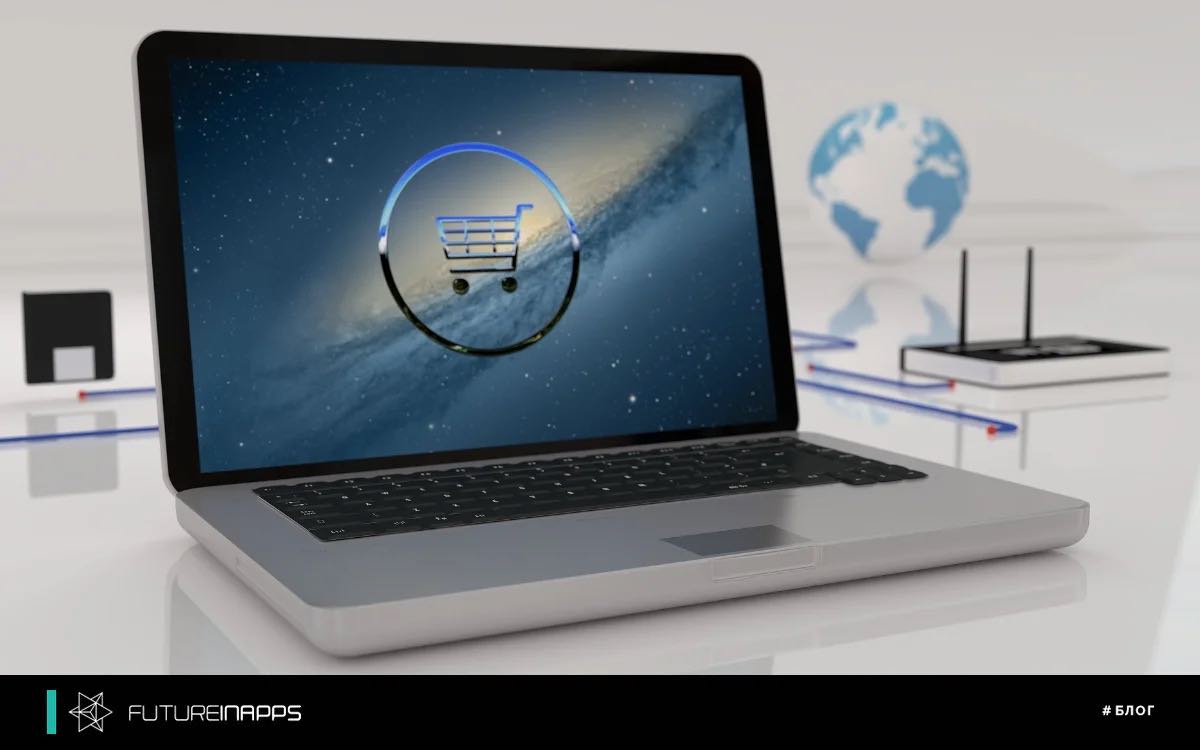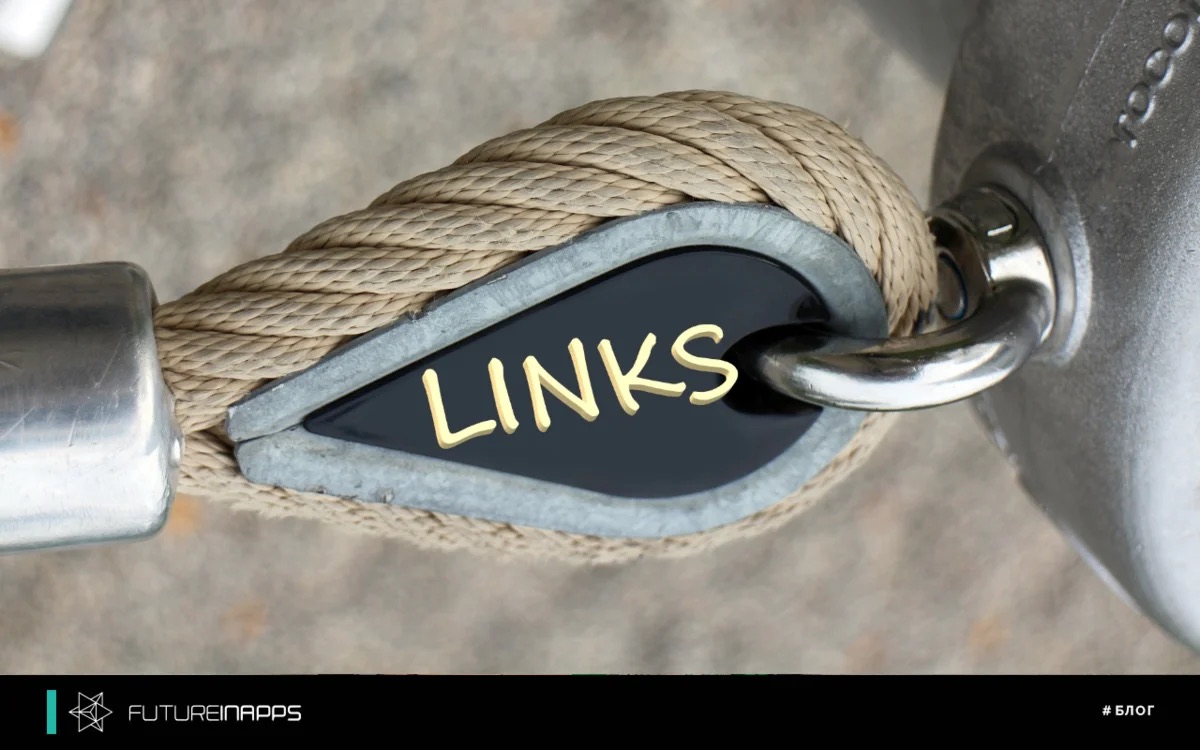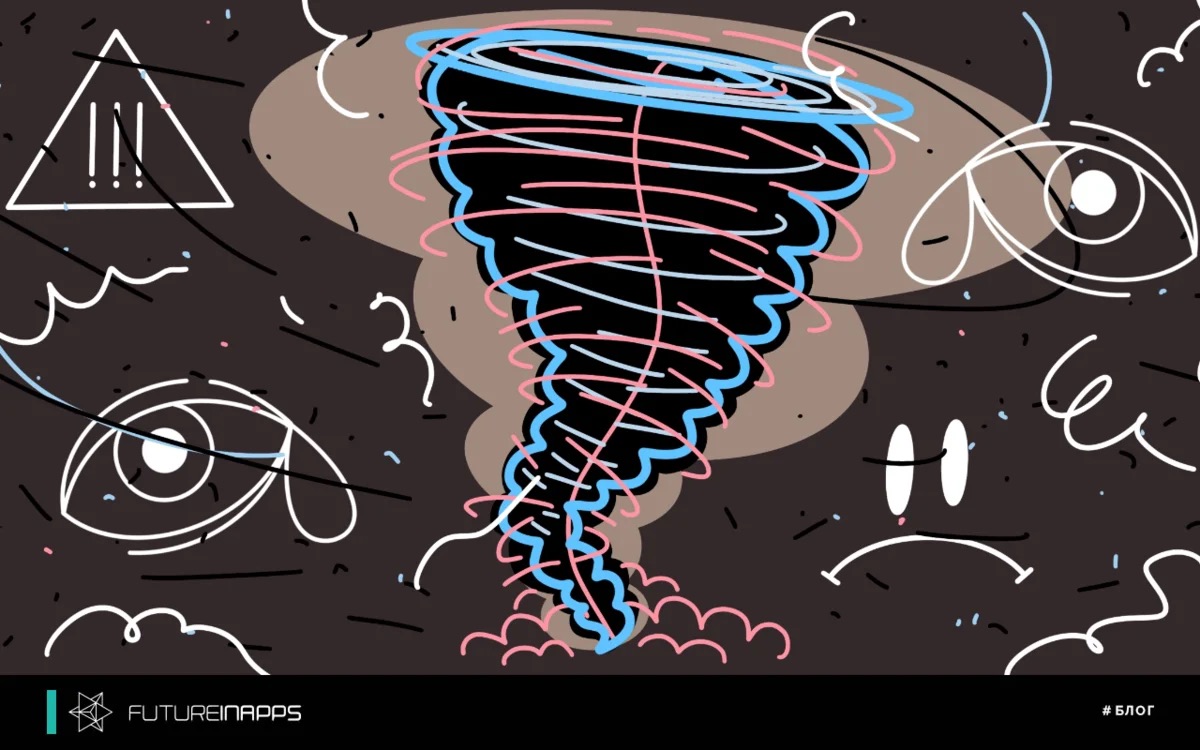People will remember for a long time how the business tried to survive during the outbreak of coronavirus. Therefore, right now, in this difficult period, you should reconsider your customer-oriented marketing strategy.
The spread of coronavirus has led to radical changes that have affected everything from education to employment, including our work. In response to this, digital marketers are trying to quickly adjust their long-term strategies.
The tactics of the “funnel” in the conditions of COVID-19 will no longer work as it once was. In times of crisis, marketers should pay less attention to stimulate sales and build as much confidence in their audience as possible. At the same time, it is important to show some responsiveness and empathy with respect to your customers. This applies to both sales and the possibility of consulting on their products.
Although consumers keep their wallets supervised during a coronavirus outbreak, they still spend significantly more time online than ever. And right now, digital marketers have a good opportunity to succeed, finding their audience exactly where they work - that is, on the network, and laying a solid foundation for a long-term relationship between customers and the brand.
9 Ways to Develop an E-Commerce Marketing Strategy During Coronavirus
# 1. Talk with your customers about COVID-19
Now is the time when you need to win the trust of customers, rather than stimulate their sales.
Sending letters to your customer base about how you plan to work during COVID-19 is a great way to get started. Remember: frankness is the key to success. Explain how you will adhere to (or have always adhered to) sanitary rules. Stay on top of any expected changes in your supply chain or delivery time, and propose solutions to your customers in time that could be affected by these delays. If your company helps hospitals or charitable organizations in the fight against the virus, then do not hesitate to tell about this. However, in such messages, try to avoid commonplace. It would be good to conclude my letter with the following sentence: “Let me know if I can help you with anything at this time.” But if you are not really ready to fulfill your promises, then you should not write about it.
Promises you can keep:
- full refund if the goods are not delivered within X days due to unforeseen delays associated with the coronavirus;
- You will always be in touch with your customers to answer questions related to deliveries and try to do everything possible so that the goods with demand remain in stock;
- You will be constantly updating your content in order to somehow entertain your audience during COVID-19;
- You will be responsive to customers and this applies to any issues that may arise.
# 2. Find a new way to engage your audience and become more responsive
Thanks to countless hours spent in self-isolation and remote work, consumers now spend much more time online than ever. Only one use of Instagram Live doubled during the coronavirus. As a result, marketers have to look for different ways to interact more frequently with consumers on the network, from the appropriate hashtags to discussions in online communities.
Many companies are now creative in their online marketing strategy and interact with their audience at a deeper level. For example, a food and beverage company using natural organic ingredients, MUD \ WTR now holds regular online meditation sessions for its clients. The Orange Theory fitness club chain, while their fitness studios are closed, records daily videos for their customers at home, demonstrating how to train at home using household items.
If it’s still not clear, then content is the main thing, especially if it makes consumers constantly return to your brand. In the end, if you don’t have it yet, then at least set up a chat on your website so that you interact with your customers somehow.
Another good way to increase your responsiveness is to conduct online broadcasts on social networks to communicate directly with the audience and answer all questions live.
# 3. Start or keep investing in a blog
People like good content and that’s a fact. Creating content that will be relevant to your audience at the moment (even if it will be just entertainment) is a great way to build trust and increase brand awareness.
“Content is the most important marketing asset in an unstable economy ... Content is what allows people to recognize / love / trust your brand.”
(Dave Gerhardt, Vice President of Marketing, Drift)
A blog can also be optimized to improve your marketing strategy. To interact with the audience, you can publish blog posts, this will be a good addition to the SEO optimization of your site. Promotion of blog posts is also a very cheap way to attract new traffic to your website, and, therefore, is a great way to test and optimize your conversion funnel tactics (pop-ups and landing pages).
Although the circumstances of our general isolation cannot be called ideal, there is a good side to this: research shows that it is best to engage in creativity alone. Looking for inspiration? Start by monitoring the social networks that your customer base most often visits. This will show you which topics are of most interest.
Not enough time to create content yourself? Matcha is optimizing its blogging experience by providing a library of high-quality and instantly published licensed articles from leading publishers, as well as a content marketing platform with tools to increase conversion and analytics. Licensed content is a simple and cost-effective way to interest your audience and find out which topics they like best.
# 4. Review your advertising costs
Faced with the large-scale shift caused by the COVID-19 outbreak, you should take a closer look and see if you spend your advertising money there at all. If you previously gave advertisements relying solely on a sales funnel, now this tactic is clearly not suitable, especially if you are selling goods that consumers cannot use at the moment (for example, those related to travel or those that cannot be used virtually). Now is a period when consumers consider every penny and carefully monitor their spending.
Thus, your most effective advertising that you gave last month may not even find a response at all now. Think about it, or maybe you should completely abandon advertising in which communication with people appears or physical interaction is shown, for example, hugs or handshakes? And you will not be the first to make such a decision - a new study by Pattern89 showed that 27.4% less advertising images and videos showing physical interaction with a person are now used.
Instead of advertising products, you should think about how else you can use the COVID-19 theme on social networks so that your funnel works efficiently by promoting contextual advertising. Paid advertisements usually cost 90% less to drive traffic than anything else. Therefore, they can be used as a cost-effective way to identify topics that interest your audience, as well as to attract new traffic and increase the recognition of your site.
# 5. Be careful about your ad
The whole world is talking about coronavirus now. And right now it is so important to pay special attention to your advertising, because online consumers are doing just that. Perhaps last month your advertisement, which was aimed at “exploring the world” or “gathering with friends”, and showed itself very well, but now, with a greater probability, it will receive an extremely negative reaction from consumers.
Take, for example, an advertisement for a famous beer brand with the bad name Corona. For its new line of Corona Hard Seltzer, which was released in late February, when the first confirmed cases of COVID-19 had already appeared, the manufacturer chose the slogan “Soon to the shore”. In response to this community, Twitter was angry, accusing the brand of exploiting the global health crisis.
Without a doubt, Corona ads were extremely risky. But the lesson is obvious: regardless of the size of your business, all your references to COVID-19 during this difficult time will not go unnoticed.
# 6. Change your email marketing strategy
Have you already refused to send welcome letters to your potential customers? Perhaps you completely forgot about your email marketing, relying only on the conversion of advertising on Facebook? Now is the time to try something you have never done before.
Instead of focusing solely on your products or promotions, fill out your newsletter with content that can entertain your audience and divert attention from the constant flow of information about COVID-19.
Create a series of welcome, unobtrusive letters that are aimed not only at sales, but also at a kind of presentation of your brand to a potential client. Try new storylines, various calls to action, segmentation, templates, and more.
Remember: what you are doing now will not only give your brand new opportunities for interacting with your customer base, but also set your business to success when consumers return to shopping again and will probably remember you.
# 7. Conduct SEO optimization of your site and how users interact with it
You can get a lot of free working time if you just decide to leave paid channels. Why not spend this extra time thoroughly examining your site?
Here are some ways you can start optimizing:
Use free tools, such as Ubersuggest from renowned entrepreneur, marketer and blogger Neil Patel, to analyze and optimize your site’s SEO;
examine your site with Google Analytics to find out which pages give the most conversion and how in general users find your site;
ask your friends / acquaintances what they think of your site in terms of UX. Use their feedback to improve the site’s interface.
# 8. Change your sales strategy
It’s important to emphasize once again that now is the time to focus on building customer confidence in your brand, rather than pushing them to sell. But at the same time, it is also important that the business brings money.
Many large companies have decided to lower prices as much as possible to a level similar to Black Friday in order to sell off the excess stocks of their already closed retail stores. This tactic is not recommended for online business, as this can affect the perception of your brand in the future, reduce the cost of your product and make it difficult to sell it at a full price in the future.
In fact, there are many ways to gently push your audience to make purchases while keeping your margin relatively stable.
Here are some ideas:
- Add small free samples to your customers' orders to increase awareness of new products and bring a little joy to your purchases.
- find a local charity that you can help with the outbreak of coronavirus and promise your audience that some% of your sales revenue will be donated to this charity;
- offer free delivery or temporarily reduce the cost of the minimum basket required for free delivery;
- give your customers an installment plan.
# 9. Get new knowledge with the free resources offered during COVID-19
A number of B2B companies provide free educational resources and software for enterprises during the outbreak of coronavirus. And if you are going to spend your next evening of self-isolation watching a free movie, then think about it, or maybe you should spend this time getting new marketing skills and learning technologies to support your business?
Learning more about video editing, paid advertising strategies and best SEO practices are all great investments in your development that will also help your business grow in the long run. These skills that you develop can also help you add value to your customers during this difficult time.







